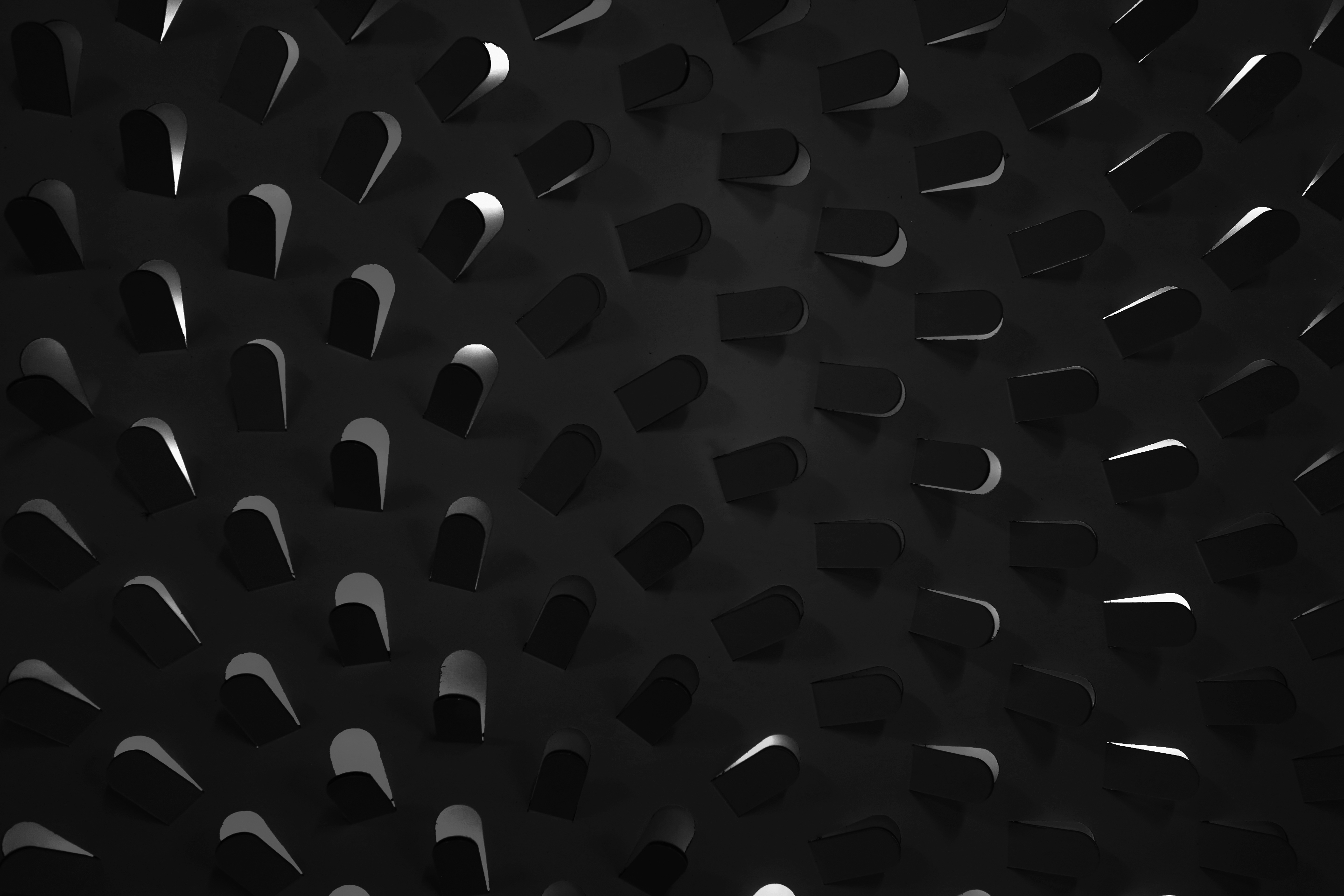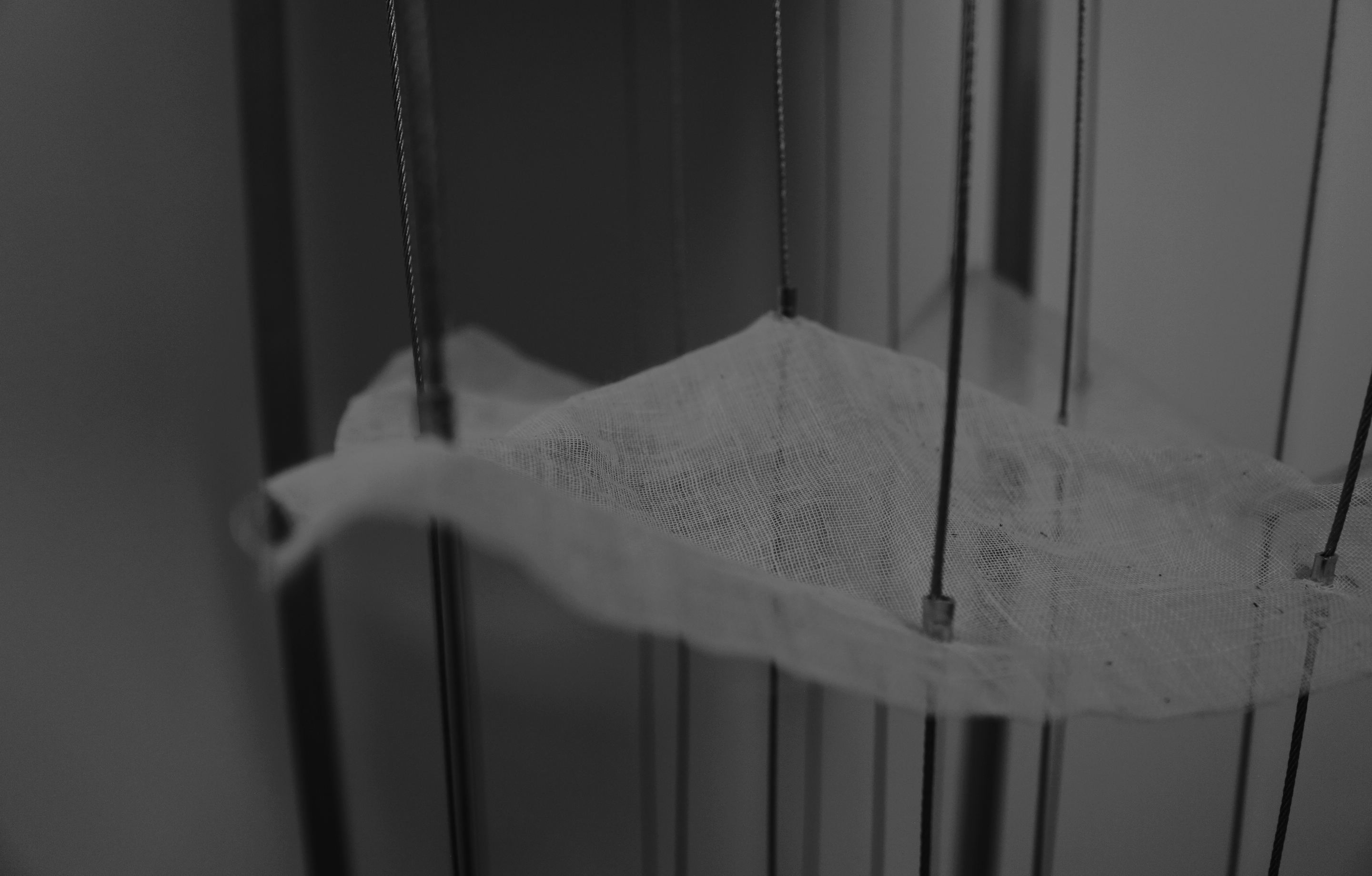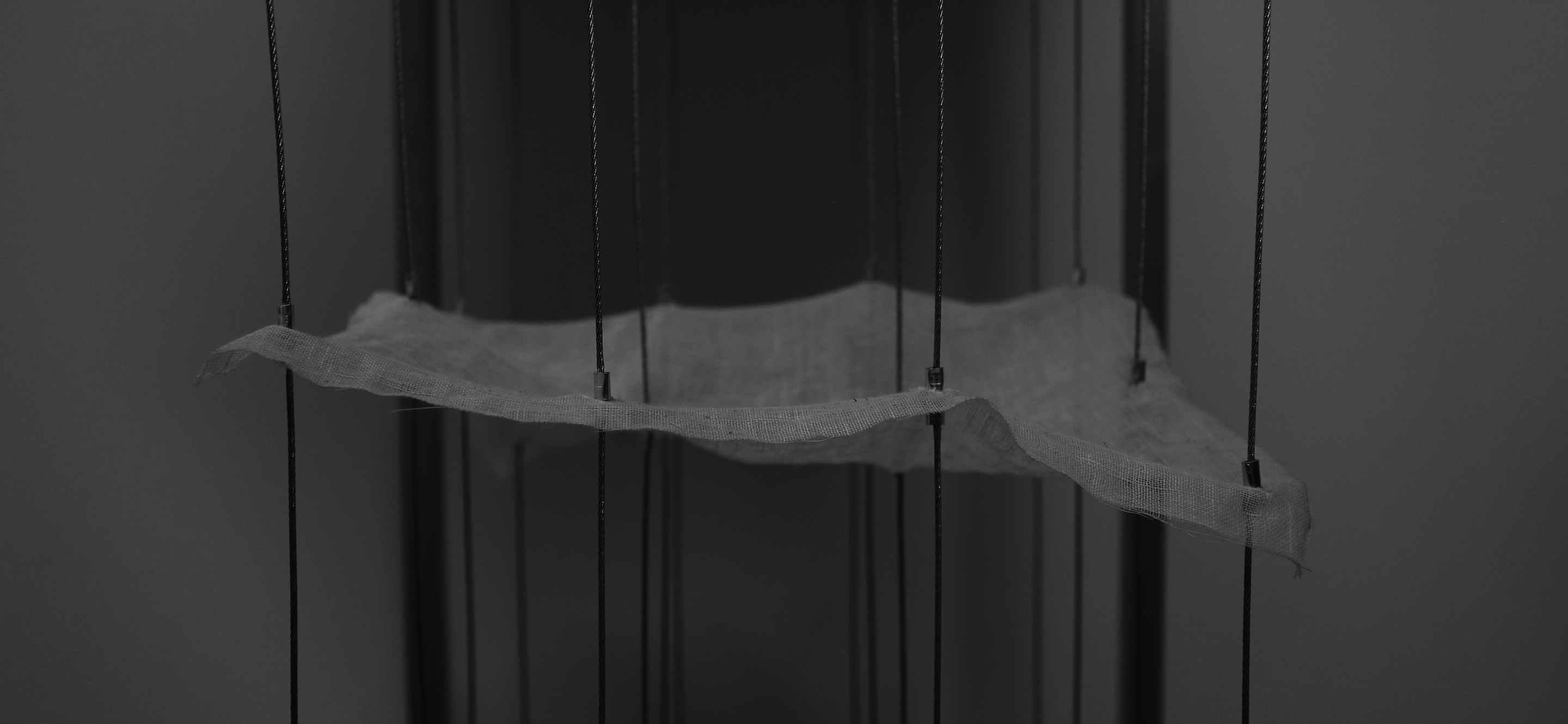Axis Mundi is a project exploring man’s attempt to override nature with technology and nature’s resistance.
© 2019
Ellen Lo
&
Hilda Wong
All Rights Reserved.


Axis Mundi is a project exploring man’s attempt to override nature with technology and nature’s resistance.
© 2019
Ellen Lo
&
Hilda Wong
All Rights Reserved.



Motion is an installation comprised of 16 motors to simulate the movement of waves. More info
Axis Mundi is a project exploring man’s attempt to override nature with technology and nature’s resistance.
© 2019
Ellen Lo
&
Hilda Wong
All Rights Reserved.